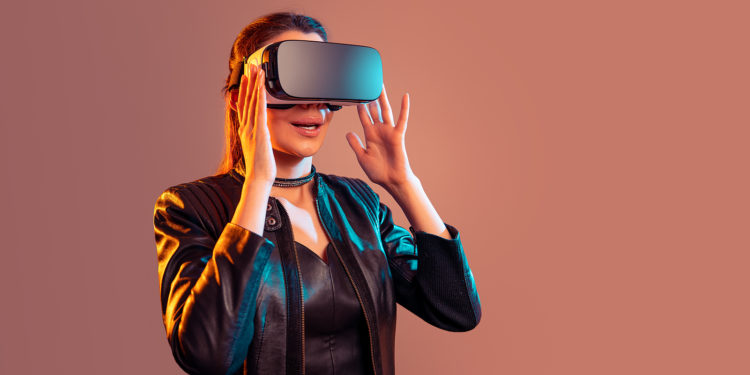The upcoming Apple mixed reality headset has the potential to be as successful as the AirPods and Apple Watch. However, it is expected to initially ship only in limited quantities to developers and will have a significantly higher price tag. The headset's success depends on its integration into the Apple ecosystem. A report from Consumer Intelligence Research Partners (CIRP) examines the headset's potential adoption and compares it to that of the AirPods and Apple Watch.
The integration of a new product into the existing Apple ecosystem is a crucial factor for its success. report from CIRP suggests that adoption of the Apple mixed reality headset is likely to be similar to that of the AirPods and Apple Watch. This article analyzes the report's findings and explores the importance of the headset's integration into the Apple ecosystem. According to CIRP's report, about 40% of iPhone owners own Bluetooth headsets and about a third own a smartwatch, with Apple having a significant market share in these products. About 60% of iPhone owners with Bluetooth headsets own AirPods while over 75% of iPhone owners with smartwatches own an Apple Watch. This suggests that consumer adoption of the Apple mixed reality headset will be similar to adoption patterns of the AirPods and especially the Apple Watch.
Apple Mixed Reality Headset: Consumer Acceptance Like AirPods and Apple Watch?
Seamless connectivity with other Apple devices, particularly the iPhone, could be a deciding factor in the headset's use. The AirPods connect easily to the iPhone while the Apple Watch offers deeper integration with the iPhone, enabling features such as health monitoring and notification management. The headset's integration into the Apple ecosystem will therefore have a significant impact on how well it is received by consumers, whether it is used as a standalone device or as an accessory for the iPhone. Another important aspect is the price of the Apple mixed reality headset. With an estimated price of $3,000, it would be three times more expensive than comparable premium competitors and also more expensive than most other Apple products. CIRP points out that the last time Apple tripled the price of a competing product was the HomePod speaker, which has since fallen behind Amazon Echo and Google Home in the market.
Conclusion
The success of the Apple mixed reality headset will largely depend on its integration into the Apple ecosystem and the iPhone in particular. The adoption patterns of the AirPods and Apple Watch suggest that the headset can achieve a significant market position among iPhone owners. Easy connectivity with other Apple devices will be a key factor in this. However, the high price of the headset poses a challenge, as it is reportedly three times more expensive than comparable competing products. It remains to be seen how consumers will react to the Apple mixed reality headset and whether it can successfully take its place in the Apple ecosystem. (Photo by timofeev / Bigstockphoto)





